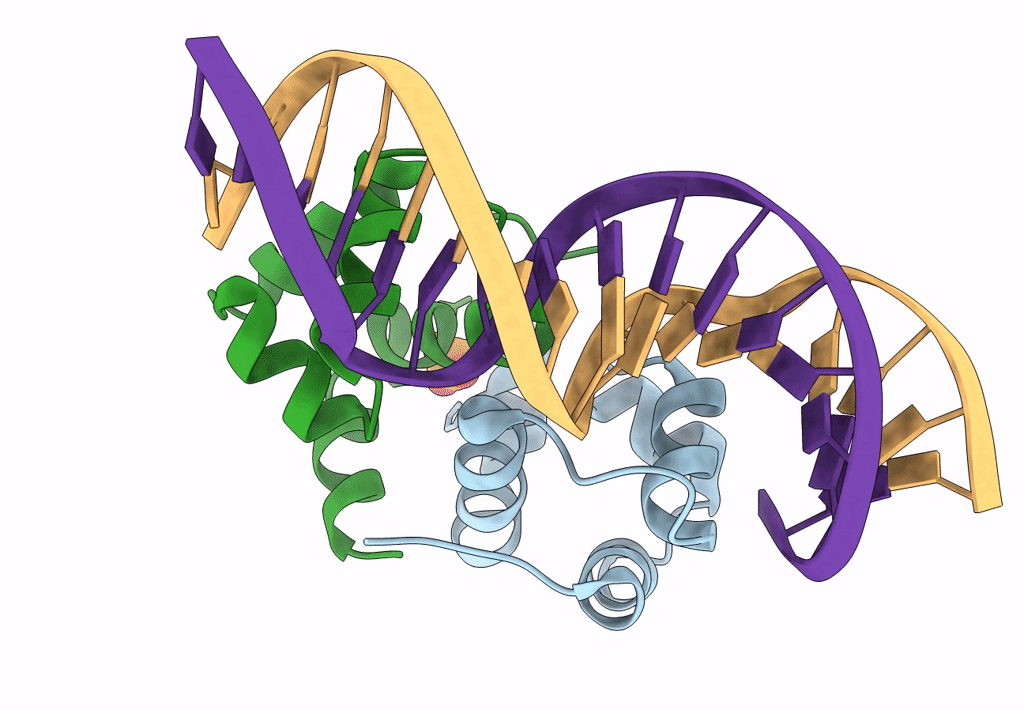
Deposition Date
2022-05-30
Release Date
2023-05-03
Last Version Date
2024-04-24
Entry Detail
PDB ID:
8A0W
Keywords:
Title:
Crystal structure of the HigA2 antitoxin in complex with operator DNA
Biological Source:
Source Organism:
Vibrio cholerae (Taxon ID: 666)
Host Organism:
Method Details:
Experimental Method:
Resolution:
2.33 Å
R-Value Free:
0.19
R-Value Work:
0.17
R-Value Observed:
0.17
Space Group:
P 32 2 1


